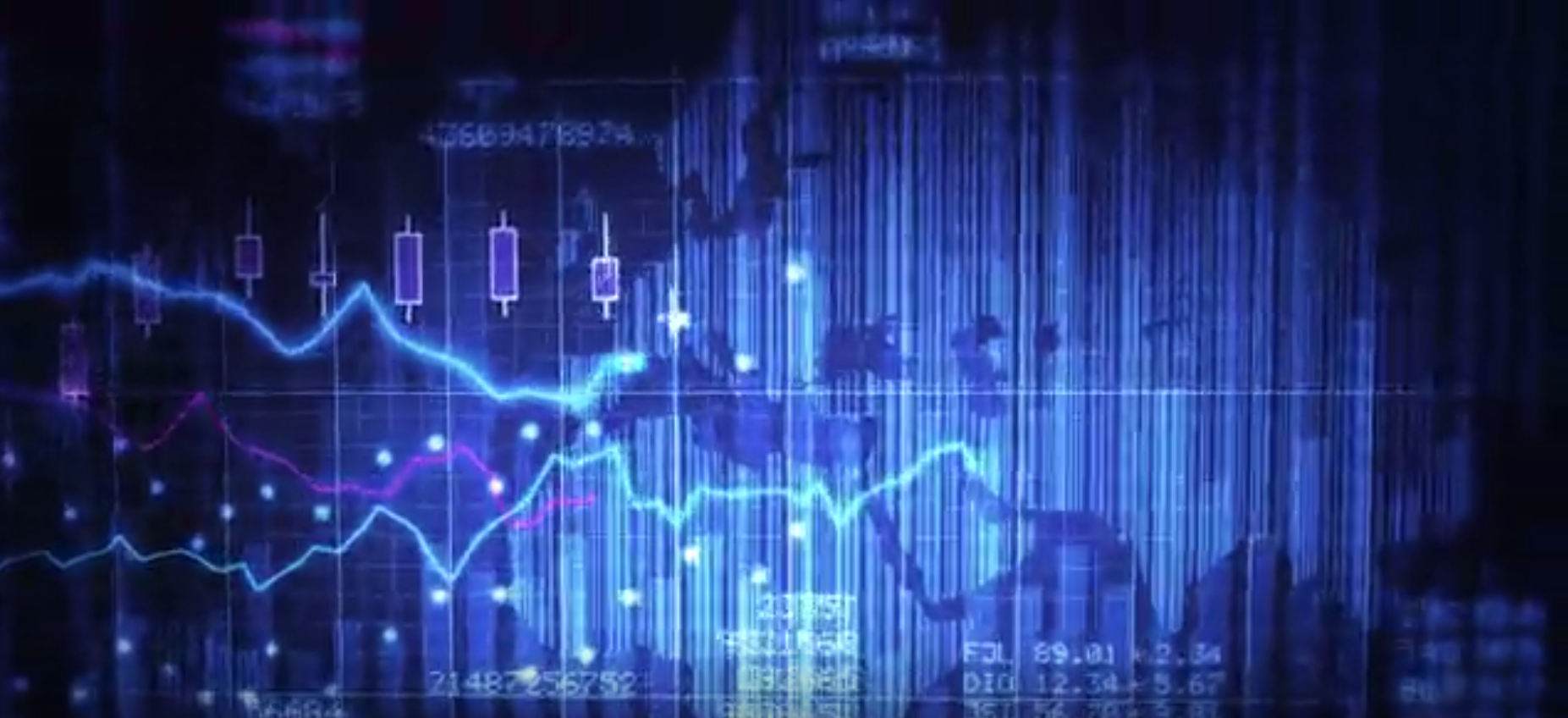Written by: Joe Schifano, Global Head of Regulatory Affairs at Eventus
In recent years, the financial industry has faced mounting pressure from regulators, driving significant transformation within compliance functions. At the National Introducing Broker’s Association (NIBA) event at DePaul University on July 11th, I had the privilege of discussing the potential role of artificial intelligence (AI) in this space with Renato Mariotti and John Falck. The discussion highlighted the existing struggles compliance teams face, the increasing consideration of AI, how regulators are responding to greater use of AI in financial markets, and how companies like Eventus are already leveraging machine learning (ML) to enhance trade surveillance operations. My comments below are focused on trade surveillance.
The Escalating Complexity of Trade Surveillance
Trade surveillance has always been essential to maintaining compliance in financial markets, but its complexity has surged due to expanding regulatory frameworks and an increase in enforcement actions. Regulations like the Dodd-Frank Act in the U.S. have empowered regulators to pursue market manipulation cases more aggressively, resulting in more frequent and varied enforcement actions. These actions not only target firms but also individual supervisors, emphasizing the critical need for robust and effective surveillance systems.
Current Challenges in Trade Surveillance
According to survey results from Acuiti and 1LoD, firms are facing several significant challenges in their trade surveillance efforts. The most pressing issues include the overwhelming operational burdens, the rapid rise in the volume of alerts, and the struggle to find skilled staff capable of managing these complex systems. These challenges are compounded by the difficulty in tailoring trade surveillance systems to specific risk assessments, particularly when relying on manual processes and internal bespoke builds.
The Acuiti survey found that a large proportion of the alerts generated by traditional trade surveillance systems are low-quality false positives, which require manual review. Over 60% of firms reported spending considerable time reviewing alerts that ultimately turned out to be non-issues. The survey also found that fewer than 10% of alerts resulted in any intervention or escalation. This inefficiency is a major pain point for compliance teams, highlighting the need for better tools that can filter and prioritize alerts more effectively.
The Growing Consideration of AI in Trade Surveillance
As firms struggle with these challenges, there is a growing appetite for automated solutions, including AI-driven technologies. However, it is crucial to note that while AI is frequently discussed as a possible solution, the potential of AI is not yet realized and firms are taking a cautious approach to deploying such techniques. Despite that, as reported in the 1LOD report, 61% of surveyed compliance officers report anticipating leveraging AI technology in their trade surveillance function as they seek to overcome the limitations of their current systems.
Eventus’ Use of Machine Learning in Trade Surveillance
Eventus is innovating the future-state of surveillance by incorporating AI into its product, Validus. Validus utilizes a machine learning model to automate and enhance various aspects of the surveillance process. Validus ingests order lifecycle, reference, and market data to produce candidate alerts. The system then applies sophisticated automation techniques and machine learning algorithms to filter out noise and reduce false positives, resulting in higher quality alerts that require less manual review.
By casting a wide net before applying automation, Validus ensures comprehensive coverage, enabling firms to thoroughly review potential risks and analyze behavioral patterns over time. This approach not only boosts efficiency but also allows for a more nuanced understanding of the data, leading to more effective supervision and risk management.
The Future of AI in Trade Surveillance
Looking forward, Eventus’ product team has identified several ways AI could further enhance trade surveillance. AI has the potential to automate the generation and prioritization of alerts, streamline compliance reporting, and enhance investigative analysis by providing contextual insights into detected anomalies. Machine learning algorithms could also play a crucial role in data preprocessing, making large datasets more manageable and ready for analysis.
These future applications of AI in trade surveillance could significantly improve the efficiency and effectiveness of compliance operations. As firms continue to face increasing regulatory pressures, the adoption of AI-driven solutions will likely become a necessity rather than a consideration.
Conclusion
The NIBA discussion underscored the critical challenges that firms currently face in trade surveillance and the growing interest in AI as a potential solution. While many firms have not yet deployed AI in their surveillance functions, companies like Eventus are leading the way by integrating machine learning into their systems. As the industry evolves, the use of AI in trade surveillance will likely expand, offering firms the tools they need to navigate an increasingly complex regulatory environment effectively. Please feel free to reach out to ask any questions you may have.



